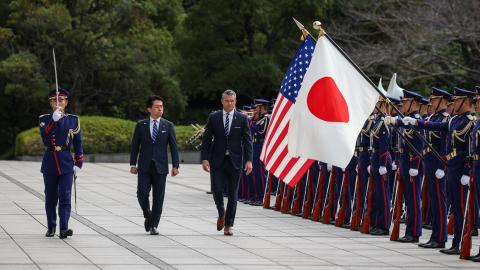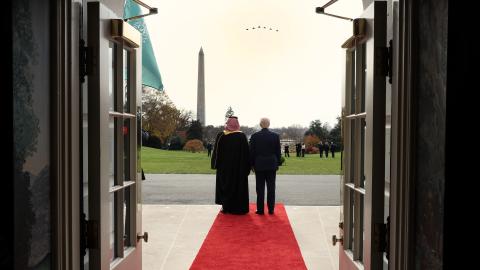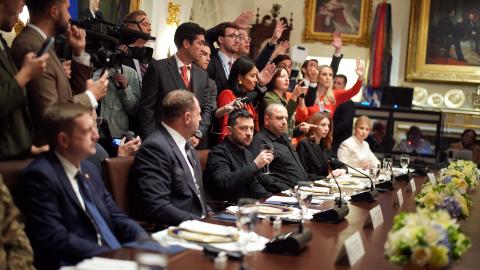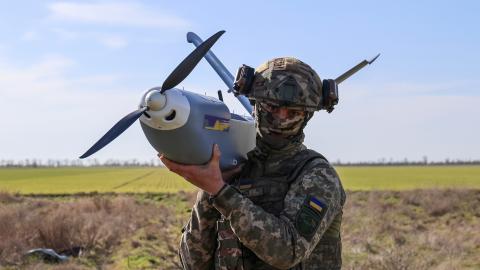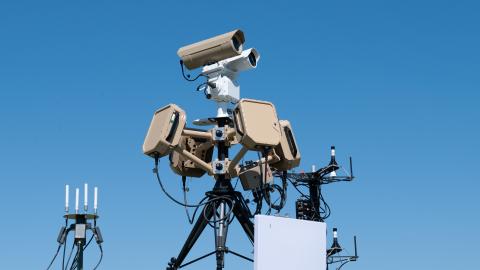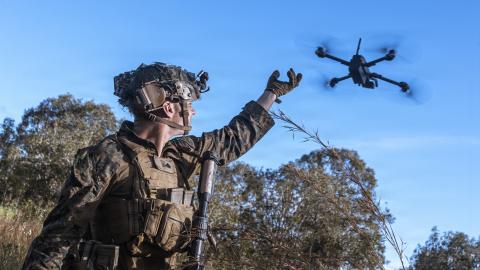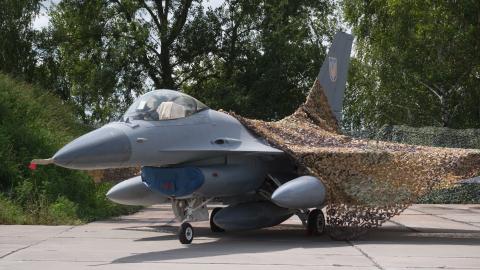Executive Summary
- Russia’s air war: Russia launched one of the largest air strikes of the war against Kyiv, causing a significant number of casualties. The city will observe a day of mourning today, June 18.
- Moscow-Pyongyang ties: North Korea agreed to send thousands more military personnel to Russia.
- Battlefield assessment: The Russian military captured territory along multiple flashpoints. Meanwhile, Moscow suffered its one-millionth casualty since it began its full-scale invasion.
1. Battlefield Assessment
Last week’s fighting remained attritional, with a high operational tempo. The Ukrainian General Staff reported heightened Russian combat operations in the Pokrovsk area, a long-embattled bulwark in the defensive architecture of eastern Ukraine. Toretsk, Poltavka, and Sumy also saw intense fighting. Additionally, heavy combat raged in the directions of Orikhiv in the south, Lyman in Donetsk Oblast, and Kupiansk in Kharkiv Oblast.
Russia marked a grim milestone as it suffered its one-millionth casualty of the war in Ukraine, the most for any army in Europe since World War II. Nonetheless, Russia managed to make steady territorial gains on a tactical scale in numerous areas. Yet the Kremlin’s disregard for its own soldiers pales in comparison to how its units treat Ukrainian fighters: almost every Ukrainian prisoner of war who is released returns home bearing marks of torture and even mutilation.
In a promising development for Ukraine, the nation’s air force, including the F-16 fighters it has received from its Western partners, can now generate brief combat sorties. For Moscow’s part, the Russian Aerospace Forces have been highly active over Ukraine and its population centers. During the night of June 17, a devastating Russian missile and drone attack targeted Kyiv. Early reports put the casualty total at around 10 fatalities and over 100 injuries. But that number continues to rise as of this writing. The attack used numerous Kinzhal aeroballistic missiles, 440 drones (including about 280 of the Shahed baseline), and various ballistic and cruise missiles.
Ukrainian air defenses intercepted one Kinzhal missile and destroyed hundreds of aerial targets, including Kh-101 cruise missiles. Of the drones, Ukraine shot down 239 and disabled another 163 through electronic warfare. Kyiv’s mayor, Vitali Klitschko, reported that cluster munitions were discovered in the city in the aftermath of the attack, while Ukrainian President Volodymyr Zelenskyy described the strike as “one of the most horrifying attacks on Kyiv.” Kyiv will observe a formal day of mourning today, June 18.
2. North Korea to Send More Military Personnel to Russia
According to Russian state news outlets, North Korea is set to send 1,000 combat engineers and 5,000 military construction workers to Russia as part of the two countries’ expanding military cooperation. This development, which came as Secretary of the Russian Security Council Sergei Shoigu traveled to Pyongyang to meet with North Korean leader Kim Jong Un, raises concerns about the growing alliance between these two nations. Additionally, North Korean weapons have begun to replace Russian warfighting equipment at an increasing rate. These factors indicate Russia’s increased reliance on Pyongyang, which may extend to a North Korean combat deployment in the Ukrainian region of Sumy.
